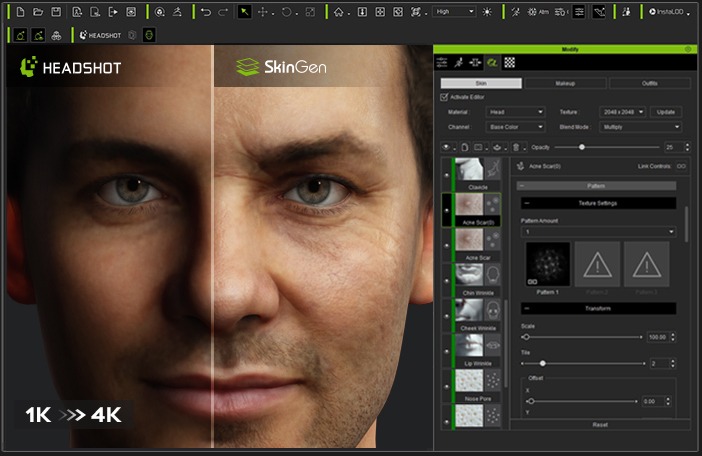There are numerous reasons you might need to create a bootable USB for Windows 10. Whether you’re installing the OS on a brand-new machine, performing a clean installation, or repairing an existing setup, having a bootable USB can be incredibly useful. This guide will walk you through how to make Windows 10 bootable USB step-by-step.
Requirements
Before diving into the creation process, make sure you have the following:
- A USB flash drive with at least 8 GB of storage.
- Access to a Windows PC.
- A stable internet connection for downloading necessary files.
Step 1: Download Windows 10 Installation Media
The first step in learning how to make Windows 10 bootable USB is to download the Windows installation media. Microsoft provides a free utility called the Media Creation Tool, which simplifies this process.
Here’s how to download:
- Visit the Microsoft Windows 10 download page.
- Click the “Download tool now” button.
- Run the downloaded executable file. You might need to grant administrator permissions.
Step 2: Prepare Your USB Drive
Before proceeding, ensure your USB drive is empty, as the process will erase all existing data on it. Insert the USB drive into your computer.
Step 3: Run the Media Creation Tool
In this section, we’ll focus on using the Media Creation Tool to create the bootable USB:
- Open the Media Creation Tool and accept the license terms.
- Select “Create installation media (USB flash drive, DVD, or ISO file) for another PC” and click Next.
- Choose the appropriate language, edition, and architecture (32-bit or 64-bit) for Windows 10. If you’re unsure, the tool can automatically detect and recommend the best options.
- Select “USB flash drive” as the media to use and click Next.
- Choose your USB drive from the list of available drives and click Next.
- The tool will download Windows 10 and create the bootable USB. This might take some time, depending on your internet speed.
After the process is complete, your USB drive will be ready to use.
Step 4: Boot from USB
Read more about boot menu here.
Now that you’ve learned how to make Windows 10 bootable USB, you need to use it to install or repair Windows 10:
- Insert the bootable USB into the target computer.
- Restart the computer.
- As your computer starts, enter the BIOS setup (usually by pressing F2, F12, DEL, or ESC depending on your computer’s manufacturer).
- In the BIOS menu, set the USB drive as the primary boot device and save the changes. Restart the computer.
Get more information from Trick I know .
The computer should now boot from the USB, allowing you to install or repair Windows 10.
Conclusion
By following these simple steps on how to make Windows 10 bootable USB, you’ll have a powerful tool at your disposal for various Windows installation and repair tasks. Keep this bootable USB handy for any future needs. Happy computing!




